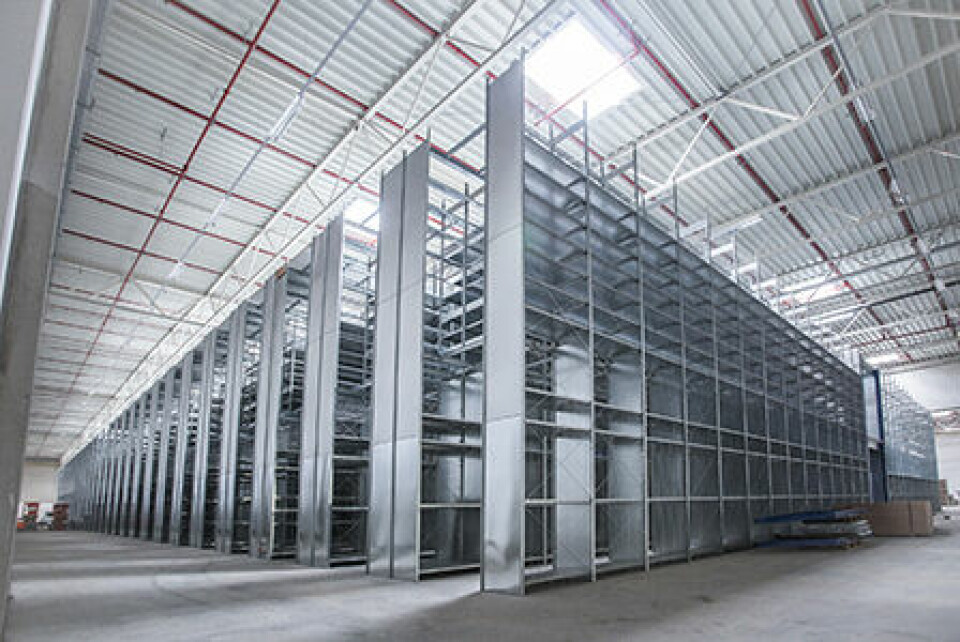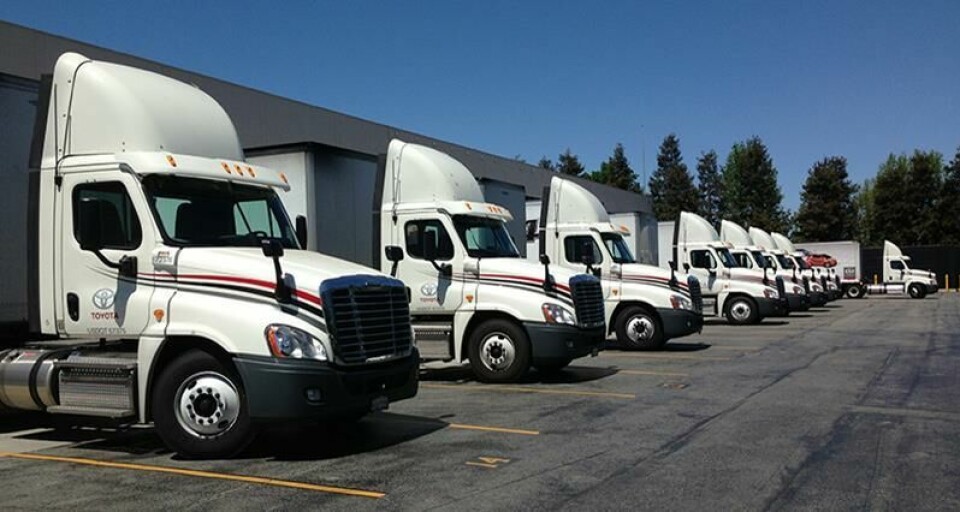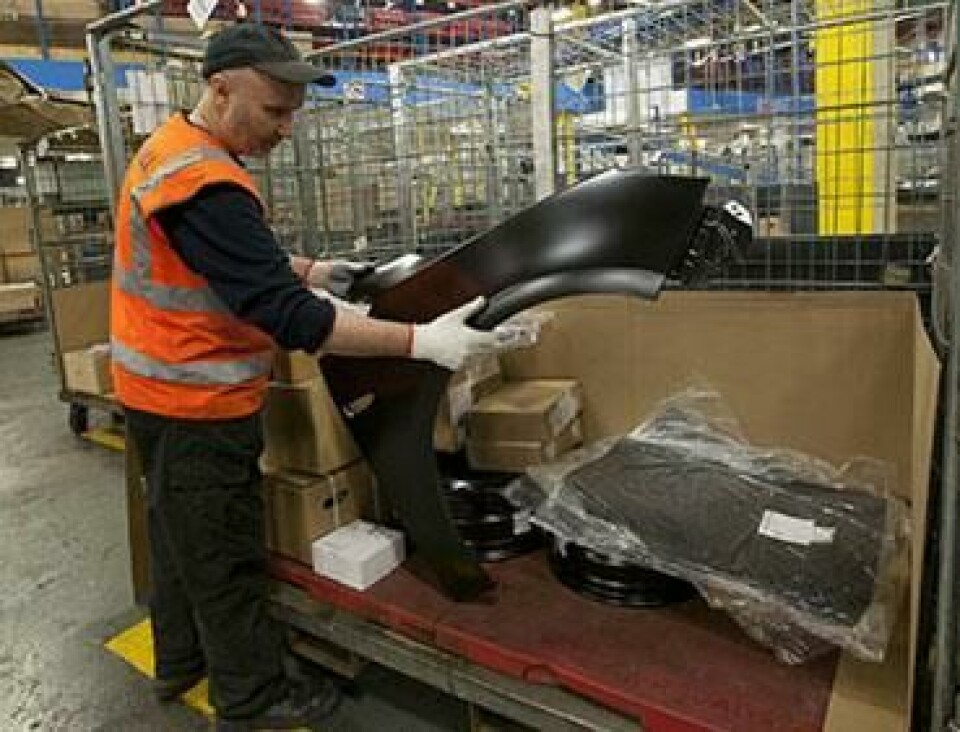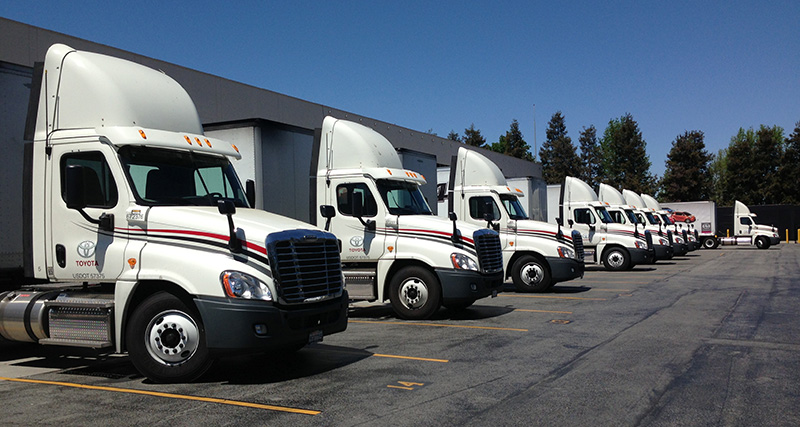Service parts part 1: Moving fast towards the customer
Twenty years of automotive service parts logistics
Service parts part 1: Moving fast towards the customer
The automotive service parts supply chain is subject to many of the same forces that influence inbound andproduction logistics, such as increasing part numbers, global supply chains and high pressures on cost. Like their counterparts in other automotive logistics segments, aftermarket managers want better visibility across supply and distribution networks; they want IT systems that streamline communication and combine data to help optimise inventory and transport; they also deal with many of the same suppliers and logistics providers, hoping for the highest quality service at the best cost.
To that extent, service parts logistics has changed little more in the past 20 years than other parts of the supply chain. However, in many ways, aftermarket logistics for the automotive industry today has operating processes, objectives and technology factors markedly different to what would have commonly been in place in major markets towards the end of the 20th century. In comparison with production or finished vehicle logistics, competitive forces and consumer expectations have arguably influenced parts distribution more.
In the US, for example, the independent aftermarket of wholesale distributors and retail chains now makes up some 70% of parts sales versus dealerships with OEM original parts. In Europe, too, traditional dealerships have seen share going to wholesale channels – with US distributors acquiring more of their European counterparts.
At the same time, parts supplier brands continue to invest in their own aftermarket distribution, including Bosch, ZF and Federal Mogul. Such independents and suppliers target parts that they can supply at low cost and often more frequently to retailers or garages – or even directly to customers – than OEMs typically can. It helps, for example, that these companies don’t have to meet the type of requirements of an OEM, which typically stores, by law, parts assortments across a vehicle model for around a decade or so after it goes out of production.
While executives for inbound and outbound talk frequently about the ‘Amazon effect’ and the competitive role that lead time and delivery visibility can play, in practice few new vehicle sales are as yet completed online, while Amazon and other digital giants have taken only small steps so far into the new vehicle market. For aftermarket, meanwhile, customers are increasingly used to ordering parts online or scheduling appointments with service centres via apps. Amazon, eBay and Alibaba have long been selling parts directly to customers and suppliers – and stand to grow further.
In other words, service parts logistics has, to some extent, already been disrupted – and carmakers over the past two decades have changed their ordering and delivery strategies in response, often radically. For example, it was about 20 years ago that some carmakers in the US industry implemented next-day delivery to dealers as standard, with most of the industry following suit. In the 1990s, dealers who ordered an original part had to wait several days for it to arrive unless it was an emergency order; today, the same dealers in the US, Europe and Japan, as well as in many parts of China, can expect that part to arrive overnight before their store opens the next day – while some might even get it the same day.
Executives from the likes of Toyota, BMW, Opel and Volkswagen now explicitly focus logistics on fast, convenient ways to serve customers – and not just the ‘customer’ as in the dealer or a corporate entity, but vehicle owners and drivers. Most have been willing, as a result, to increase spending on dedicated dealer services, to expand parts distribution centres and locations, increase flexibility on parts returns, make ordering systems more user-friendly, and to consider delivery to locations other than dealerships.
Yet even as spending on logistics has gone up to improve customer service, many executives say freight costs as a percentage of sales have decreased over the past two decades, notably as carmakers have applied lean principles and ‘Toyota Production System’ (TPS) methods to the aftermarket that have long been in place for production.
These changes have included more frequent supplier orders to reduce inventory and expensive rush orders, as well as best practice principles in warehouse management. Finally, better access and collection of data, together with new analytical tools to help forecast demand by individual parts and region, have led to huge advances in inventory management.

Carmakers could see major changes in their service parts networks, warehousing and transport operations
Ahead of the wave
While the OEM sector has done well to shift its aftermarket supply chain towards customer service, it is far from immune to further disruption. The independent aftermarket continues to compete aggressively on price, which not all carmakers can match; it also remains nimble in fast supply and in adapting to e-commerce. Carmakers and their dealerships are further considering how to meet customer needs both in service and technology, including home vehicle pick-ups, ‘omnichannel’ order and delivery options, and offering a range of part types and pricing options.
Meanwhile, wider industry trends could change aftermarket logistics further. Experts point out that electric vehicles have far fewer components than those required for internal combustion engines, which could eliminate the need for many ‘wear and tear’ parts that make up a large share of aftermarket sales and logistics flows. Additive manufacturing, so-called ‘3D printing’, could replace the need to buy an original part altogether. A shift away from car ownership to fleets or shared models, including of autonomous fleets, could have drastic impacts on sales and logistics.
These changes needn’t be catastrophic for the industry. With new technology come new opportunities, both for service and savings. As more vehicle technology requires ‘over-the-air’ updates, for example, both the potential for aftermarket competitors and the need for expensive deliveries may be reduced. 3D printing may help eliminate inventory for slower-moving parts, and could be a chance for OEMs or even logistics providers to take more control over parts of the supply chain.
Telematics and connected-car technology could help vehicles monitor their maintenance needs and even automate parts ordering and service scheduling, with logistics synchronised to this demand.
While technological and economic changes are on executives’ minds, most remain focused on improving customer service, notably to keep ahead of their independent and online rivals. As well as increasing delivery service and shortening order times, companies are looking to further advances in data analytics and inventory management that could have dramatic impacts on what carmakers store in their warehouses and how. While carmakers are already using a range of data tools to predict demand, the potential to automate and predict more warehouse and logistics processes could help companies better serve customers and stay ahead of the disruption heading their way.










